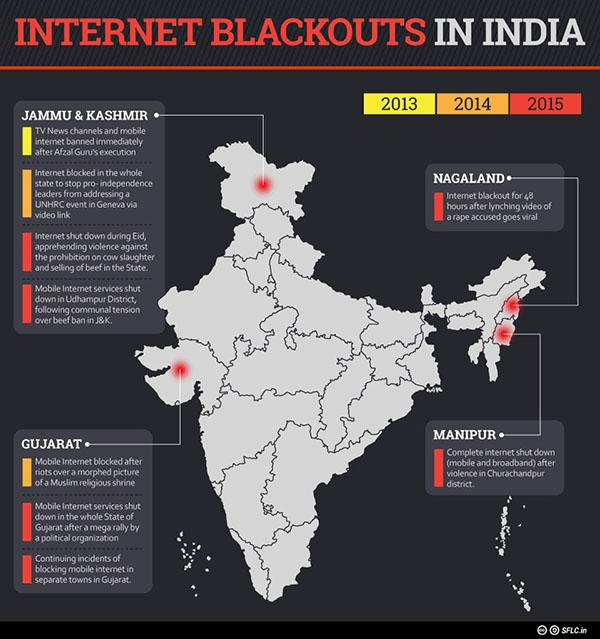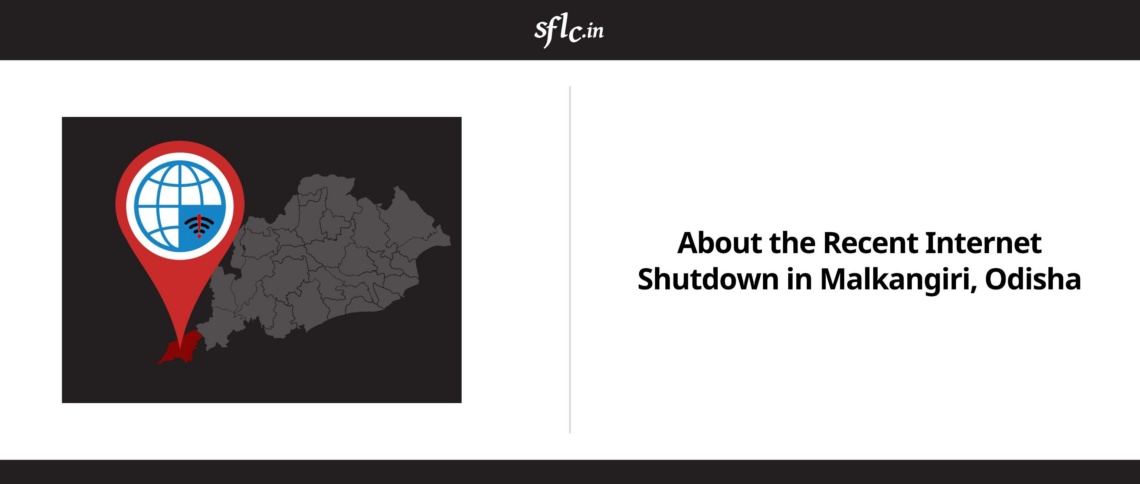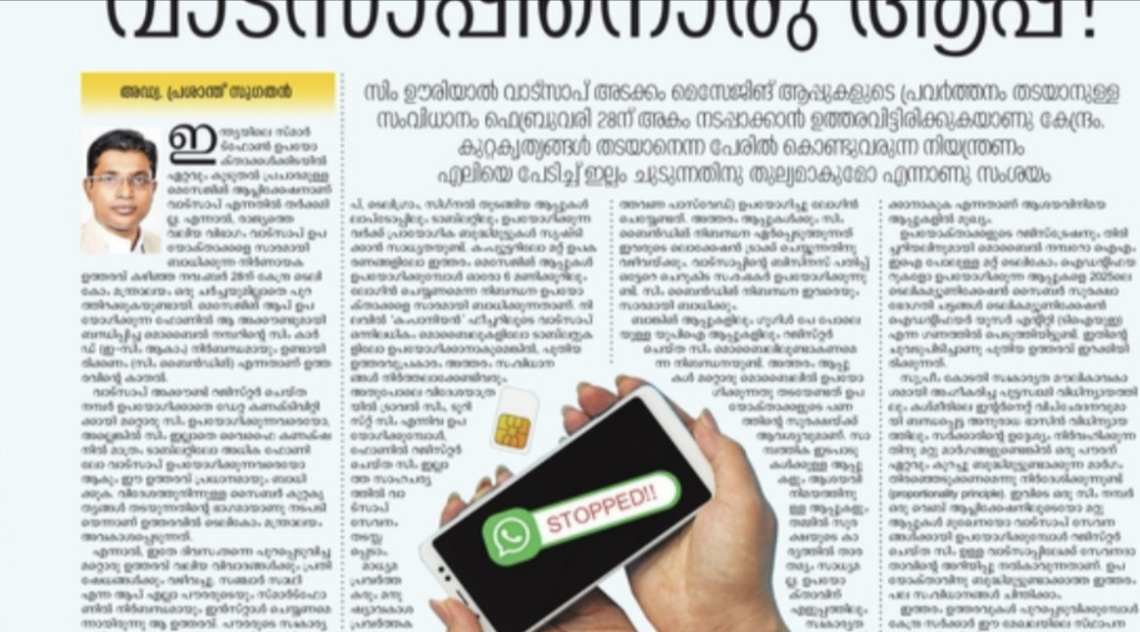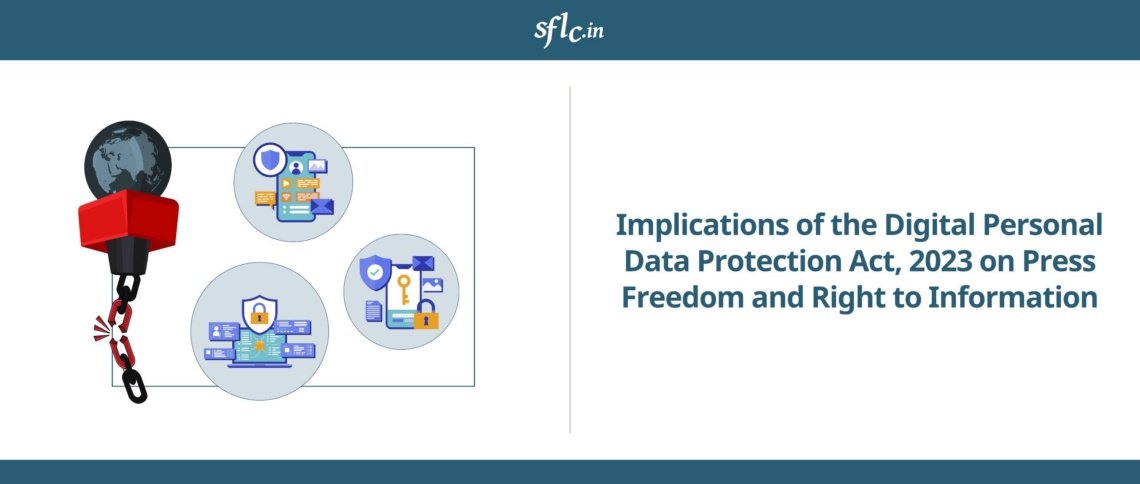With the advent of the internet, the global communications landscape has undergone a number of dramatic changes. Not only has the internet made communications technology more universal and affordable, it has also provided a whole new platform for self-expression bundled with elements of decentralisation and anonymity, making it one of the most powerful tools for political discourse in the 21st century. This also means that the internet has been increasingly targeted for control, and complete regional shutdowns of the public internet are frequently resorted to in parts of the world.
Between 2013 and 2015, access to the public internet has been blocked nine times across four Indian states. Annual instances of shutdowns climbed from one in 2013 to two in 2014 and six in 2015. Jammu & Kashmir saw the highest number of shutdowns with four instances over 2013, 2014 and 2015, followed by Gujarat with three internet clampdowns over 2014 and 2015. Nagaland and Manipur had internet shutdowns enforced once each in 2015.
While most shutdowns were instituted in the interest of maintaining law and order under the threat of widespread violence, the process followed remains shrouded in uncertainty. Despite there being a detailed procedure laid down by India’s Information Technology Act to block public access to online content under specified circumstances, this is often discarded in favour of blanket shutdowns, which may be easier to implement in the short term, but come with collateral damage in terms of non-access to essential services that depend on the internet for their functioning. In 2011, the Organisation for Economic Co-operation and Development (OECD) estimated that a complete five-day internet shutdown in Egypt resulted in direct costs of at least USD 90 million. A 2015 study by the Germany-based Centre of Internet and Human Rights on “The Impact of Mobile Network Shutdowns in Pakistan” stresses how “Network shutdowns are a fundamental risk, not just to freedom of expression, national or personal security or business operations, but also to the most fundamental of sustainable development challenges faced by all state.
We invite readers to narrate their stories of how the shutdowns impact their day to day lives and business. A record of such shutdowns can be found at the website of the Software Freedom Law Centre.
This article first appeared on The Huffington Post (India Edition) on 2nd November 2015.
Photo byStahlkocher / CC BY-SA 3.0 EDIT: And updated version of the Infographic is available here. [19/02/2016]




